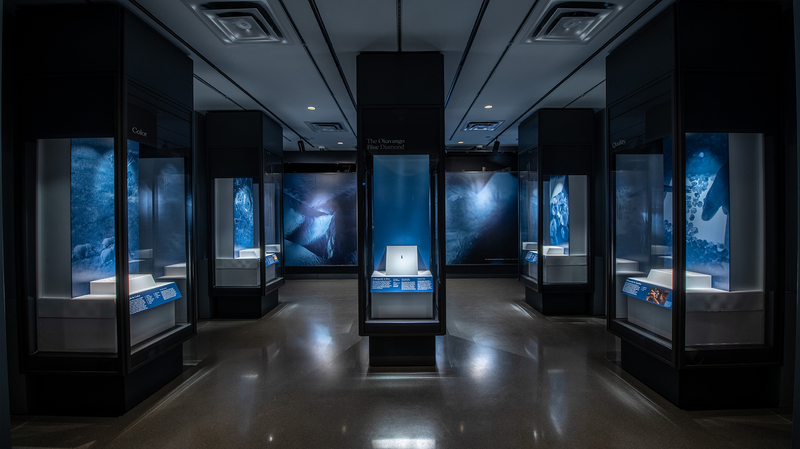
Rio Tinto, the world’s second-largest miner, just became the sole owner of the Diavik diamond mine in Canada’s Northwest Territories on Thursday. Despite saying in the past the Company was not interested in taking full control of the aging arctic mine, Rio Tinto ended up buying the 40% share held by Dominion Diamond Mines for a total stake of 100%.
Part of the transaction includes Rio Tinto releasing Dominion and its lenders from any outstanding liabilities or obligations involving funding the operation or the closure of the joint venture. On the other end, Rio Tinto will receive all remaining Diavik assets held by Dominion including a security cash collateral for the potential future closure for the mine and unsold production.
Why the Buyout Now?
Dominion, which used to be the fourth-largest diamond producer, suffered some financial troubles which played out in court over several months last year. These troubles ultimately led Dominion to sell its other Canadian mine, Ekati in December 2020. In 2017, The Washington Companies ended up buying the Company for $1.2 billion.
This deal follows a 19 month long process beginning in April 2020 by Dominion Diamond Mines filing for insolvency protection under the Canadian Companies’ Creditors Arrangement Act.
Diavik has been in production since 2003 and is eventually facing closures in 2025 which will cost hundreds of millions of dollars to fully clean up. Diavik is Canada’s largest diamond mine, and yielded 6.2 million carats of rough diamonds in 2020.
Rio Tinto Minerals boss Sinead Kaufman said in a statement, “Diavik will now move forward with certainty to continue supplying customers with high quality, responsibly sourced Canadian diamonds.”
Worries and concerns began to surround the diamond market due to production coming to a
halt during the global COVID-19 pandemic, with some people worried the market would never recover. However, Alrosa, the world’s top diamond miner by output, claims the market has fully recovered from the effects of the global pandemic, and sales of jewelry and rough diamonds are up 23% this year compared to 2020.
Source: DCLA





